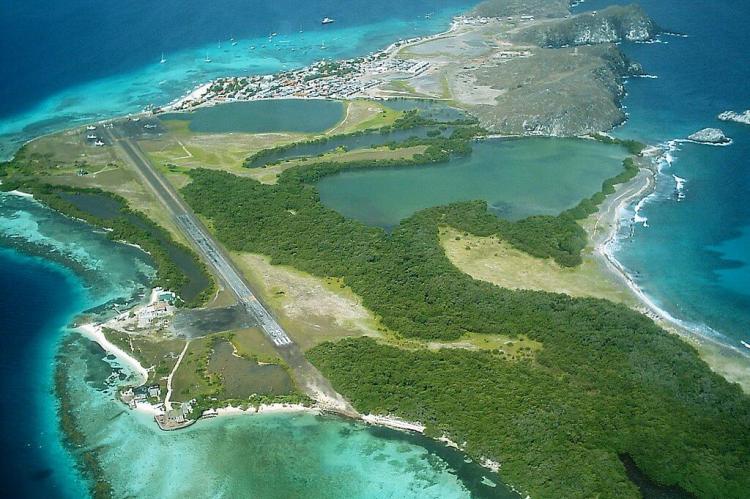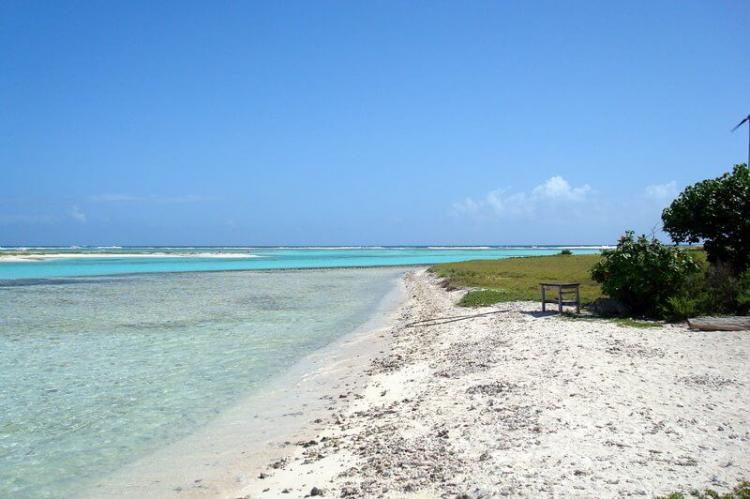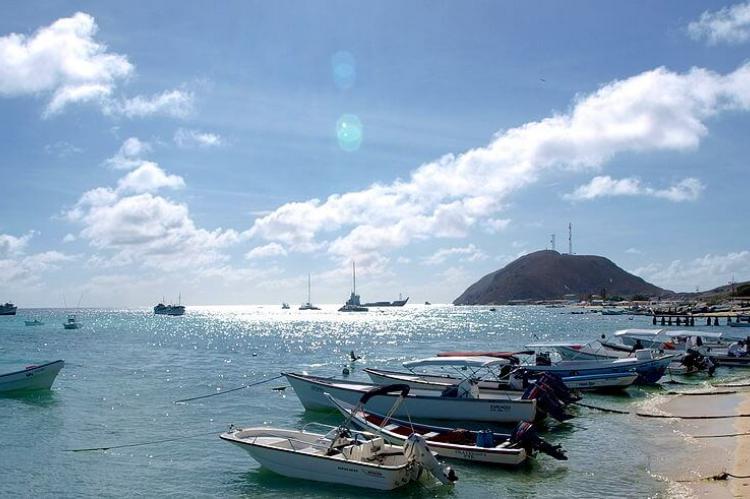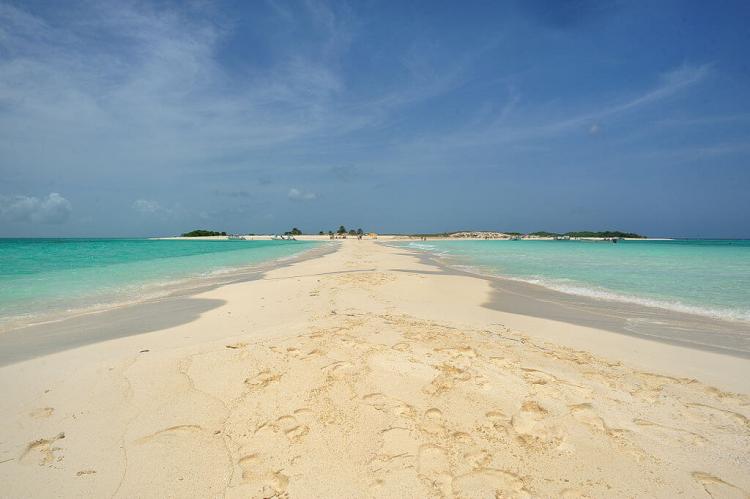Los Roques: Venezuela’s Coral Crown in the Caribbean
Los Roques is a pristine archipelago in the Caribbean Sea, north of Venezuela's central coast. Renowned for its natural beauty, biodiversity, and clear turquoise waters, this stunning collection of islands, cays, and sandbanks forms a unique coral atoll surrounded by vibrant coral reefs and mangroves.
Protecting Biodiversity: The Natural Wonders of Los Roques
Los Roques is a pristine archipelago situated approximately 130 km (80 mi) north of Venezuela's central coast in the Caribbean Sea. This stunning collection of islands, cays, and sandbanks forms a unique coral atoll encompassing a central shallow lagoon surrounded by vibrant coral reefs and mangroves. The area is renowned for its natural beauty, biodiversity, and clear turquoise waters, making it one of the most important marine environments in the southern Caribbean. Recognized as a National Park in 1972 and a Ramsar site in 1996, Los Roques is a vital ecological and economic resource for Venezuela, drawing tourists, researchers, and fishing communities alike.
Geographical and Ecological Overview
Los Roques Archipelago spans approximately 36 km (22 mi) from east to west and 24.6 km (15 mi) from north to south. The archipelago comprises 50 islands, around 292 cays, and extensive coral reefs, covering 221,120 hectares (546,400 acres). The highest point in the archipelago reaches only 130 m (426 ft) above sea level, while the deepest parts plunge to 1,700 m (5,577 ft) below the surface. Gran Roque, the largest and most developed island, is the primary settlement and administrative center, with about 1,500 residents.
The atoll structure of Los Roques includes two external coral barriers, an inner lagoon, and shallow sandy areas. Key islands in the archipelago include Cayo Grande, the largest at 15.1 sq km (5.8 sq mi), and Gran Roque, measuring 1.7 sq km (0.66 sq mi). Other notable islands are Francisqui, Nordisqui, Madrisqui, and Crasqui, each offering unique landscapes and habitats. The coral reefs, among the most pristine and biodiverse in the Caribbean, play a crucial role in protecting the islands from erosion and providing habitat for a wide array of marine life.
Climate
The climate in Los Roques is characterized by warm temperatures and low rainfall, making it a favorable environment for tourism and marine activities. The average annual temperature is around 28°C (82°F), with the warmest months being September and October. The archipelago receives an average yearly rainfall of approximately 250 mm (10 in), most occurring in brief, intense showers. The dry and sunny conditions are ideal for coral growth, and the clear, shallow waters make Los Roques a popular destination for snorkeling, diving, and other water-based activities.
Flora and Fauna: A Marine and Terrestrial Paradise
Los Roques is renowned for its rich biodiversity, both above and below the waterline. The coral reefs are among the healthiest in the Caribbean, with high species diversity, extensive live coral cover, and low disease incidence. The reefs provide critical habitat for numerous marine species, including colorful reef fish, sea turtles, and various invertebrates. The shallow waters and seagrass beds surrounding the islands support populations of spiny lobsters, snappers, groupers, and other commercially important fish species.
The mangrove forests and seagrass meadows play essential ecological roles, acting as nurseries for juvenile fish, filtering pollutants, and stabilizing the shoreline. These habitats are home to various bird species, including frigatebirds, pelicans, and the endangered brown pelican (Pelecanus occidentalis). The sandy beaches and cays of Los Roques serve as nesting grounds for several species of sea turtles, such as the hawksbill (Eretmochelys imbricata), green (Chelonia mydas), and loggerhead (Caretta caretta) turtles.
On land, the vegetation is sparse, with hardy shrubs and grasses adapted to the saline and sandy environment. Despite the harsh conditions, these plants provide important habitats and food sources for the island's wildlife, including endemic lizards and a variety of migratory bird species that use Los Roques as a stopover on their long journeys.
Socio-Economic Aspects and Human Interaction
Los Roques has a small, permanent population of approximately 1,500 residents, most of whom live on Gran Roque Island. The economy is primarily based on tourism, fishing, and small-scale agriculture. The archipelago attracts around 70,000 visitors annually, including day-trippers from the Venezuelan mainland and international tourists arriving by yacht or private plane. Tourism activities such as snorkeling, scuba diving, kite surfing, and sport fishing are popular, providing income and employment opportunities for the local population.
Fishing has historically been the main economic activity in Los Roques, focusing on the sustainable harvest of lobsters, snappers, and groupers. Lobster fishing is particularly significant, with Gran Roque producing around 90% of the lobsters consumed in Venezuela. Approximately 300 fishermen set up temporary residences on the islands during the fishing season, adhering to regulations designed to ensure the sustainability of fish stocks and the health of the marine ecosystem.
The designation of Los Roques as a National Park has led to stricter controls on fishing practices, development, and other activities that could impact the environment. Conservation efforts aim to balance the needs of the local communities with the protection of the archipelago's natural resources.
Conservation Challenges and Initiatives
As a protected area, Los Roques faces several conservation challenges, including illegal fishing, coral bleaching, pollution, and the impacts of tourism. Overfishing and the unlawful harvest of marine species threaten the biodiversity and sustainability of the archipelago's ecosystems. Coral reefs are vulnerable to bleaching events caused by rising sea temperatures and the effects of climate change. Pollution from boats, plastic waste, and untreated sewage can degrade water quality and harm marine life.
Conservation initiatives in Los Roques focus on enforcing fishing regulations, monitoring coral health, and promoting sustainable tourism practices. The archipelago's status as a National Park and Ramsar site provides a framework for managing and protecting its natural resources. Environmental education programs aim to raise awareness among residents and visitors about preserving Los Roques' unique ecosystems. Marine biologists and conservation organizations' research helps inform management decisions and develop strategies for mitigating environmental threats.
Conclusion
Los Roques Archipelago is a jewel of biodiversity and natural beauty in the Caribbean, offering a unique blend of coral reefs, mangroves, seagrass beds, and sandy beaches. Its ecological richness and economic importance for tourism and fishing make it a vital area for conservation and sustainable development. By balancing the needs of its inhabitants with the protection of its natural resources, Los Roques can continue to thrive as a haven for wildlife and a paradise for visitors.
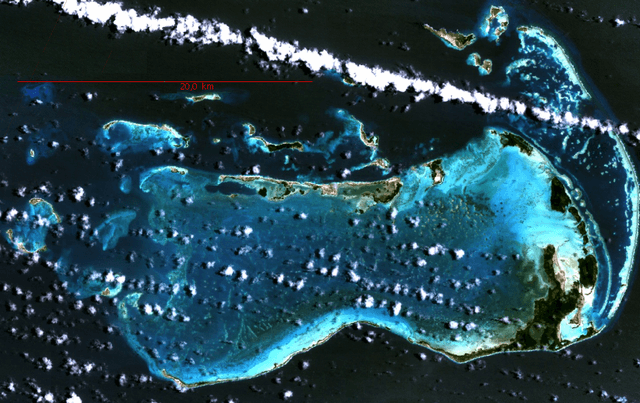
NASA WorldWind screenshot of Los Roques.
